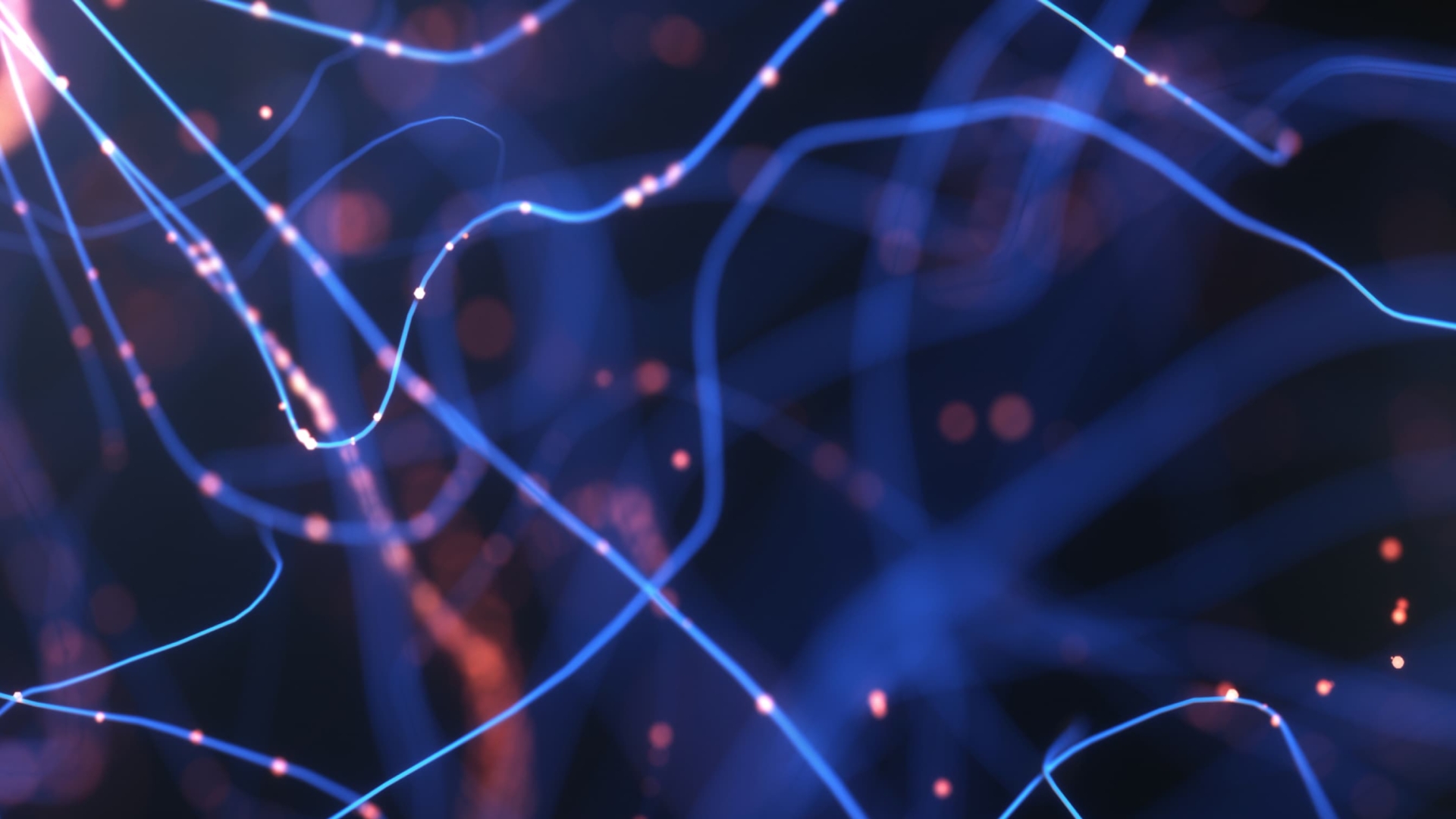This website uses cookies so that we can provide you with the best user experience possible. Cookie information is stored in your browser and performs functions such as recognising you when you return to our website and helping our team to understand which sections of the website you find most interesting and useful.

Output Catalog
ASAP is committed to accelerating the pace of discovery and informing a path to a cure for Parkinson’s disease through collaboration, research-enabling resources, and data sharing. We’ve created this catalog to showcase the research outputs and tools developed by ASAP-funded programs.
-
Output Type
-
Program
-
CRN Team Name
-
Theme
Available ASAP-related hPSC collection from Team Studer
Collection of human pluripotent stem cell lines consisting of isogenic GBA, LRRK2, SNCA series, KI-reporter lines for TOMM20, b-actin, LAMB1, LAMP1, a-synuclein overexpression lines, and other hPSC resources.
Collection of protocols of Team Deleidi used in the publication: “”LRRK2 kinase activity regulates GCase level and enzymatic activity differently depending on cell type in Parkinson’s disease””
Collection of protocols of Team Deleidi used in the publication: ""LRRK2 kinase activity regulates GCase level and enzymatic activity differently depending on cell type in Parkinson’s disease""
LRRK1 expression and purification
Protein purification protocol for full-length LRRK1 as done by Leschziner and Reck-Peterson Labs. Original protocol by Janice M. Reimer and Yu Xuan Lin.
Rab8a expression and purification
Recombinant Rab8a expression and purification protocol as used by the Leschziner and Reck-Peterson Labs
Scientific Perspectives: Structural Biology of LRRK2 and its Interaction with Microtubules
Mutations in LRRK2 are linked to Parkinson's disease. LRRK2 regulates membrane trafficking and interacts with microtubules. Recent studies have revealed its cytosolic and microtubule-bound forms using cryo-EM and cryo-ET techniques.
LRRK2 RCKW Protein Purification
Protein purification protocol for tag-less LRRK2RCKW as done by Leschziner and Reck-Peterson Labs. Same protocol can be used to purify LRRK1RCKW as well. Original Protocol by David Snead. Modified by Yu Xuan Lin and Mariusz Matyszewski for…
Multi-ancestry genome-wide meta-analysis in Parkinson’s disease
Although over 90 independent risk variants have been identified for Parkinson’s disease using genome-wide association studies, all studies have been performed in just one population at the time. Here we performed the first large-scale…
Collection of protocols for paper: “Glucocerebrosidase, a Parkinson´s disease-associated protein, is imported into mitochondria and regulates complex I assembly and function”
This is a collection of protocols used in a recent preprint by the Deleidi Lab, Team Schapira. You can access pre-print at https://doi.org/10.21203/rs.3.rs-1521848/v1
Evaluating the performance of polygenic risk profiling across diverse ancestry populations in Parkinson’s disease
Objective This study aims to address disparities in risk prediction by evaluating the performance of polygenic risk score (PRS) models using the 90 risk variants across 78 independent loci previously linked to Parkinson’s disease (PD) risk across…
Human Postmortem-Derived Brain Sequencing Collection (Harmonized Collection)
The Human Postmortem-derived Brain Sequencing Collection is a harmonized repository comprised of sequencing data contributed by ASAP CRN teams.
Scripts for snRNAseq data analysis
Scripts for analyzing single nuclei sequencing data from healthy and Parkinson's Disease brains include creating a reference database with transposable element annotations and a file for Cell Ranger to produce snRNA count matrices.
Mouse α-synuclein fibrils are structurally and functionally distinct from human fibrils associated with Lewy body diseases
Mouse α-synuclein fibrils have been studied to understand Parkinson's disease and multiple system atrophy. They differ from human fibrils in structure and behavior, impacting research on related diseases and potential treatments.
3D bioprinting of human neural tissues with functional connectivity
Team Scherzer developed a 3D bioprinting platform to assemble tissues with defined human neural cell types in a desired dimension using a commercial bioprinter.
Regional Mouse Brain Analysis (Modified QUINT)
This is series of protocols that has been adapted from published and unpublished protocols broadly referred to as the QUINT workflow: QuPath visualization/segmentation QuickNII Brain Atlas Registration QMask Hemispheric Separation Visualign…
AAV Purification Protocol with Iodixanol gradient
Protocol used in the Kaplitt and Marongiu labs to purify AAVs.

